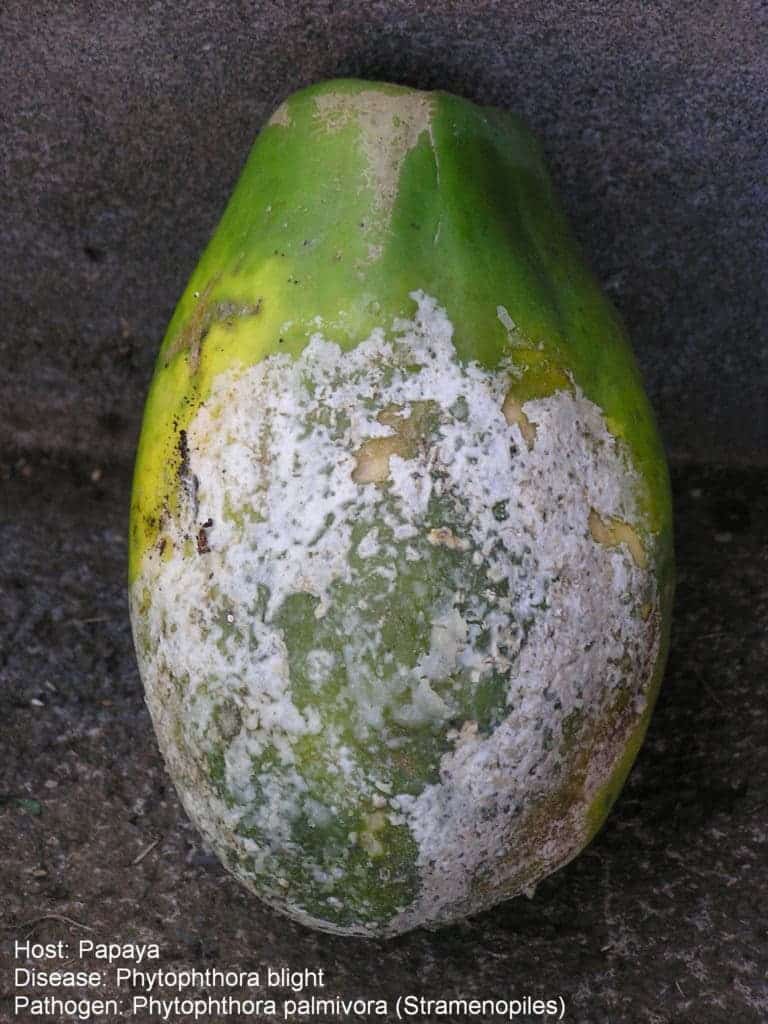Early plants must’ve been really annoyed with microbes, new research suggests; the findings show that not only do plants’ adaptations against germs date back millions of years, but they’ve maintained these systems up to the present.

Image credits Philip Carella.
A team from the University of Cambridge looked to liverworts — a family that branched out from other land plants relatively early — to gain a better understanding of how early plants dealt with pathogens. According to the researchers, the interaction between the two started millions of years ago, at least as early as plants set root on dryland. That legacy persists to this day, keeping our green leafy friends safe from microbial pests.
Live, err, wort
“We know a great deal about microbial infections of modern flowering plants, but until now we haven’t known how distantly related plant lineages dealt with an invasion by an aggressive microbe,” says the paper’s first author Dr. Philip Carella.
“To test this, we first wanted to see if Phytophthora could infect and complete its life cycle in a liverwort.”
He is specifically referring to Phytophthora palmivora. As you, our attractive and perceptive readers might have already guessed, it belongs to the Phytophthora genus, which is a very fine example of convergent evolution: Phytophthora is strikingly similar to fungi in form and function, despite there being virtually no ties between two’s evolutionary history. That being said, Phytophthora uses different metabolic pathways (their ‘engines’ work differently), use cellular walls composed of cellulose (typically associated with plants) where fungi use chitin (more of an animal compound), and there are some significant differences in how they handle genetic material during reproduction. So in a way, they’re like fungi who are more in tune with their ‘plant’ side than their ‘animal’ side.
The other thing you need to know about Phytophthora is that these things have earned their name in spades — and, in ancient Greek, that name literally means “plant destroyer”. Phytophthora, you see, is a genus of impressively voracious, extremely damaging, plant-munching oomycetes (water molds). Phytophthora devastate crops, and have among other things caused the Irish potato famine. Phytophthora palmivora causes diseases in cocoa, oil palms, coconut palms, and rubber trees.

Image credits Scot Nelson / Wikimedia.
Liverworts (which alongside mosses and hornworts form the phylum Bryophyta) are small, green plants — but they don’t have roots, stems, leaves, or flowers. They are thought to resemble ‘early plants’ because they diverged from all other plant lineages very early on. They’re still poorly understood and crassly under-studied, but you can help address our academic shortcomings online by looking at pictures.
[Read More!] There are many kinds of flora out there; don’t lose face at the botanical get-together with this handy who’s who of the plant world.
Common heritage
The team’s investigation revealed that P. palmivora will try to take over the photosynthesizing tissues of liverworts (the team worked with Marchantia polymorpha) by pushing root-like structures (called ‘hyphae’) through their cellular walls — the end goal being to slurp up all the liquid goodness inside those cells, leaving behind dead, dry husks. The liverwort responds by deploying specialized proteins around these hyphal structures in a bid to contain the threat. According to Dr. Carella, these proteins are similar to those employed by “flowering plants such as tobacco, legumes or Arabidopsis in response to infections by both symbiont and pathogenic microbes.”
This last realization surprised the team. The last known link between liverworts and such plants is a common ancestor that lived over 400 million years ago. What fossil evidence we have from these times suggests that plants were already learning to form symbiotic relationships with filamentous microbes (P. palmivora is one such microbe).
“These findings raise interesting questions about how plants and microbes have interacted and evolved pathogenic and symbiotic relationships. Which mechanisms evolved early in a common ancestor before the plant groups diverged and which evolved independently?”
Because both liverworts and the rest of land plants share this mechanism, lead researcher Dr. Sebastian Schornack says it’s likely early land plants already possed the genes to fight off microbial infections before their evolutionary break-up with liverworts. This would imply that the relationship between filamentous microbes and plants is ancient indeed, likely from before plants moved out of the oceans.
What the team plan on doing next is establishing how it all started: did these pathogens evolve to exploit mechanisms plants and other microbes built to support symbiosis? Or was it conflict first, ‘let’s kinda live together’ later? It’s actually a pretty important question because virtually all our key crops today rely on symbiotic interactions with nitrogen-fixing bacteria to live. Plants, as we know them today, could not exist in the absence of this mutually-beneficial relationship — and by extension neither could we.
“Liverworts are showing great promise as a model plant system and this discovery that they can be colonised by pathogens of flowering plants makes them a valuable model plant to continue research into plant-microbe interactions.”
“Hopefully, this will allow us to establish future crop plants that both benefit from symbionts whilst remaining more resistant to pathogens,” Schornack concludes.
The paper “Phytophthora palmivora establishes tissue-specific intracellular infection structures in the earliest divergent land plant lineage” has been published in the journal Proceedings of the National Academy of Sciences.


